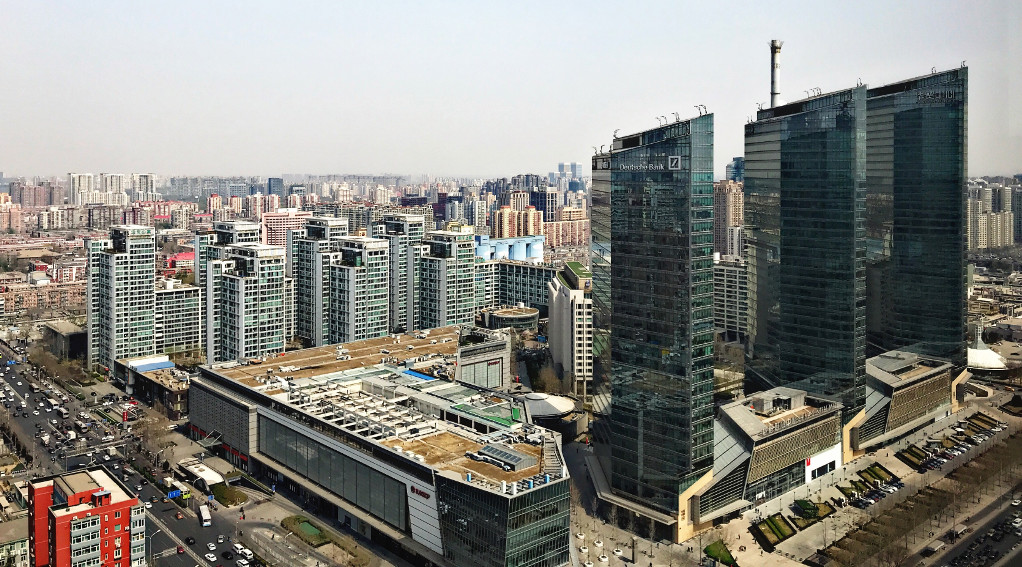In recent years there have been increasing concerns over corporate debt build-up in the US and Europe. Debt levels are considered high IF they cannot be sustained – in our assessment, a difficult claim to make for US and European companies.
The marked increase in the stock (volume) of corporate debt both in developed and emerging markets, particularly in comparison to the GDP levels, has triggered a concern over the balance sheets of the corporate sector and the build-up of financial risks.
Indeed, the total debt dynamic for instance in the US appears unsustainable, reaching ~73% of GDP in 2019 (Figure 1). Debt to GDP in European countries has reached 130-140% of GDP, up 10-25 percentage points compared to the 2008 levels.
However, there is a common misconception that higher debt levels automatically translate into riskier business or worse balance sheet. If this were the case, there would be a direct relationship between the level of debt adjusted for the economy (GDP) and the interest rate, which reflects the riskiness of debt…







